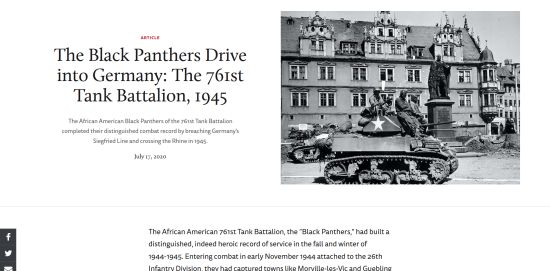Since we already know the end from the beginning, the "little" weapons from the beginning of World War Two look quaint when we think of the behemoth armor vehicles that characterize the War (i.e., Panthers, Tigers). Yet at the start of the war, tanks did not yet have the armor that they would develop as the arms race progressed.
The 45mm anti-tank gun was the primary Soviet anti-tank gun for the early part of the war, in the Model 1932 and Model 1937 variants (the latter version had an electrical firing system). It looks toy-like in size, but that was a benefit for troops man-handling it into position. Its armor penetration ratings (35mm at 1,000m) gave it a fighting chance against all of the Barbarosa-period German armor (Panzer IIIg had 30mm armor on hull and turret).
The bottom line: If you're going to game Soviets in '41 and '42, you need the 45mm anti-tank gun. (And since it soldiered on throughout the war, thanks to its capacity to also fire high explosive, you can use it up to the end of the war!)
We needed a 45mm Model 1937 Soviet Anti-Tank Gun for our 25/28mm scale Russian Front 1941 Painting Project, but at first it seemed like everyone made the later 57mm gun!
Salvation came at last when we looked through Force of Arms' catalogue. They had it! I fired off an email, and John at Force of Arms was kind enough to send along the weapon.
The next question: who to build and paint the weapon?
George Barnard over at Warpaint had offered to help out with the Russian Front Painting Project, so we told him the gun was coming available, and he leapt at the chance (and immediately began to research painting schemes).

(Pictures above and below show George's work on WWII subjects in 20mm scale.)

"I have been wargaming and painting for over 30 years," writes George, "and have painted just about every scale, period and manufacturer."

He started Warpaint three years ago, and right now is mainly working with 25mm Napoleonics. "In fact," he says, "I have painted nearly 2,500 of them since January 2001."










